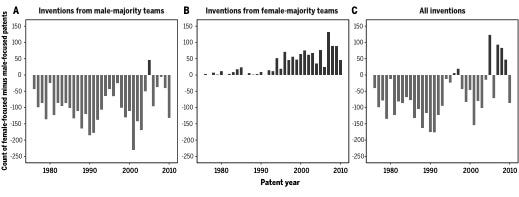Invisible Women - universal adult size
GOOD MORNING GFPs!First things first: I am an idiot. I had forgotten to put the instagram live in my diary and now I've got double-booked for doing a tv show called Steph's Packed Lunch on the same date. ARGH! I'm so sorry!I am instead therefore going to do the instagram live on WEDNESDAY 23rd JUNE at 12:30. All exactly the same, except 24 hours later. …



